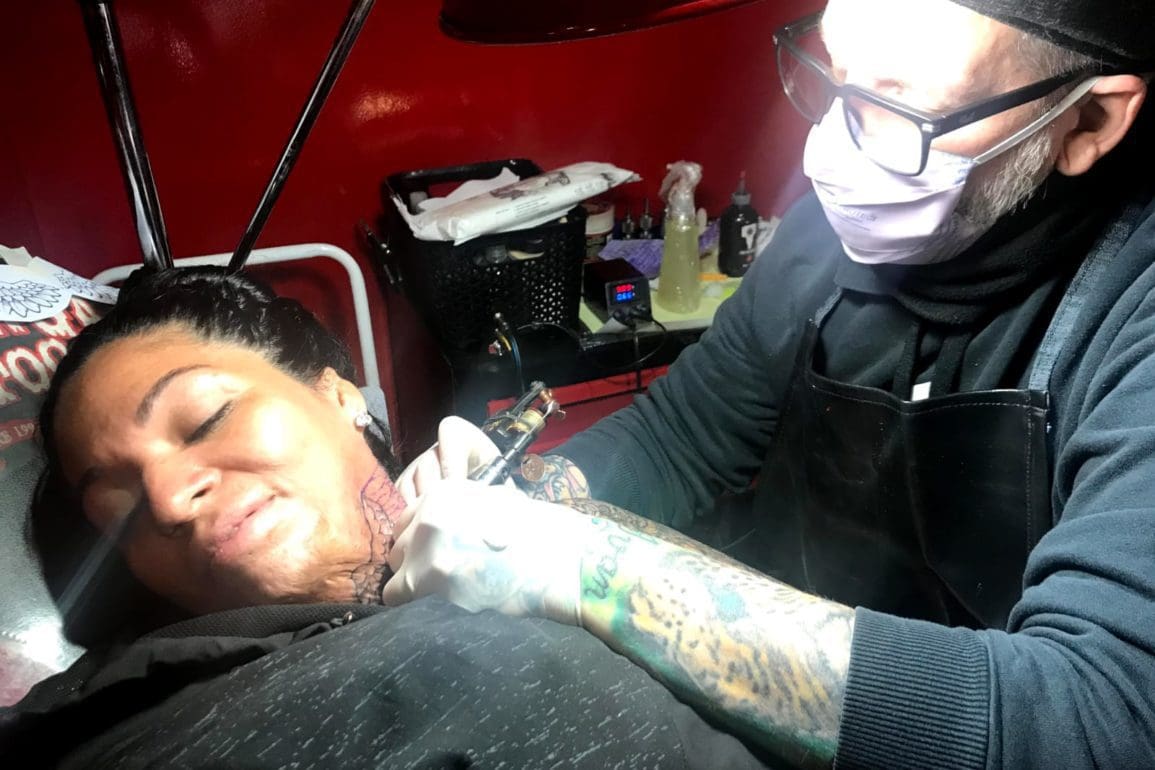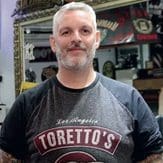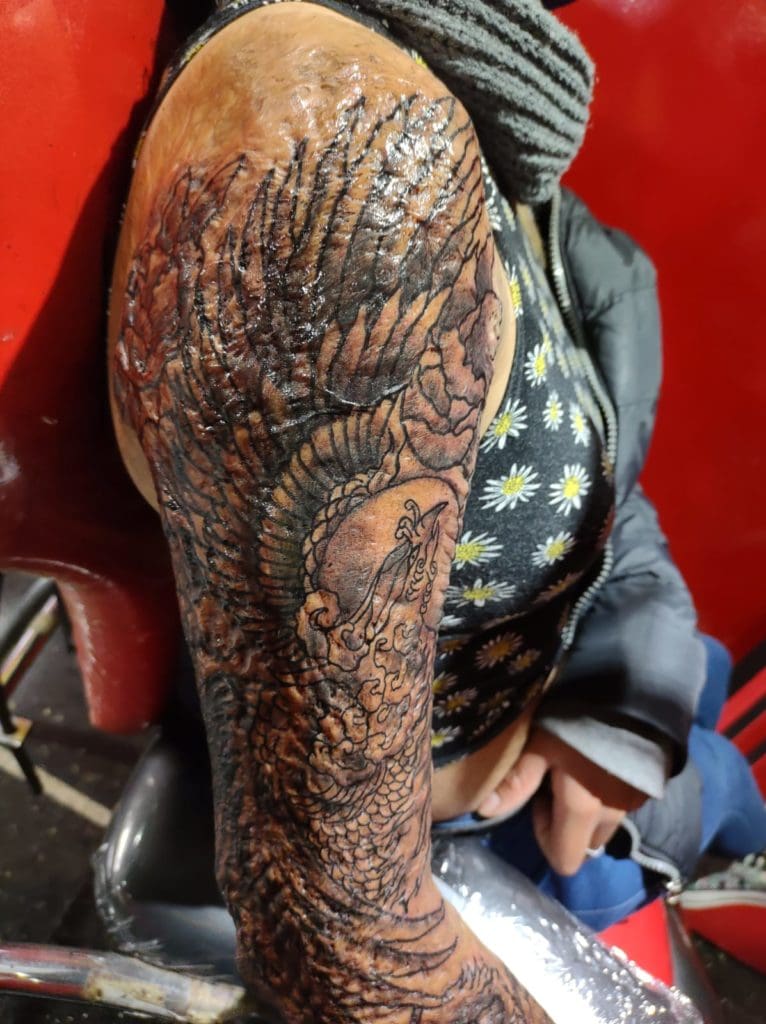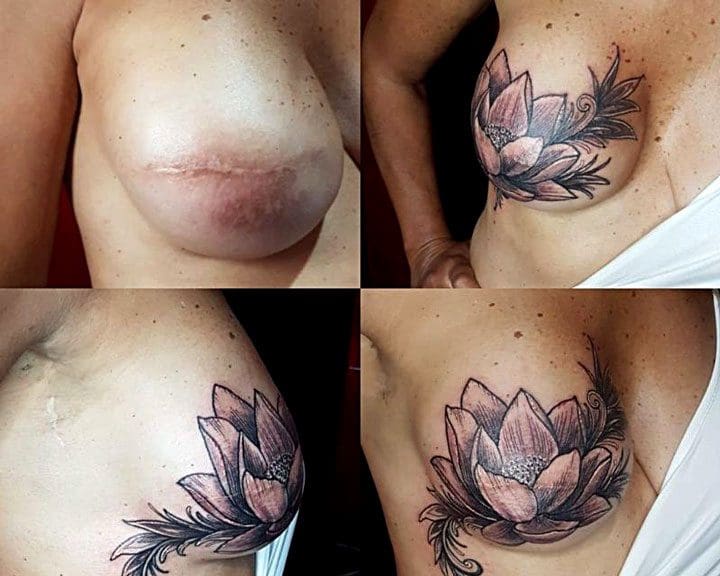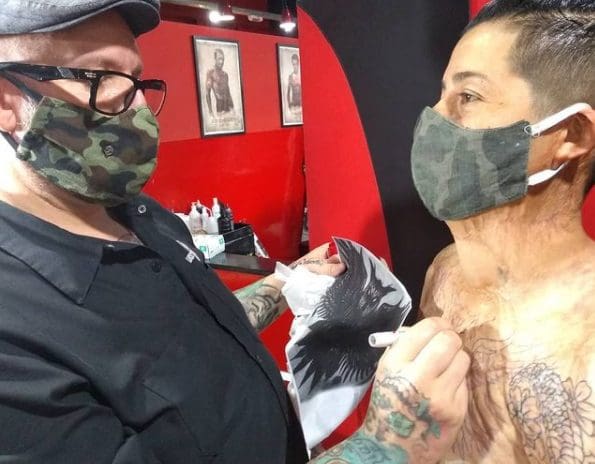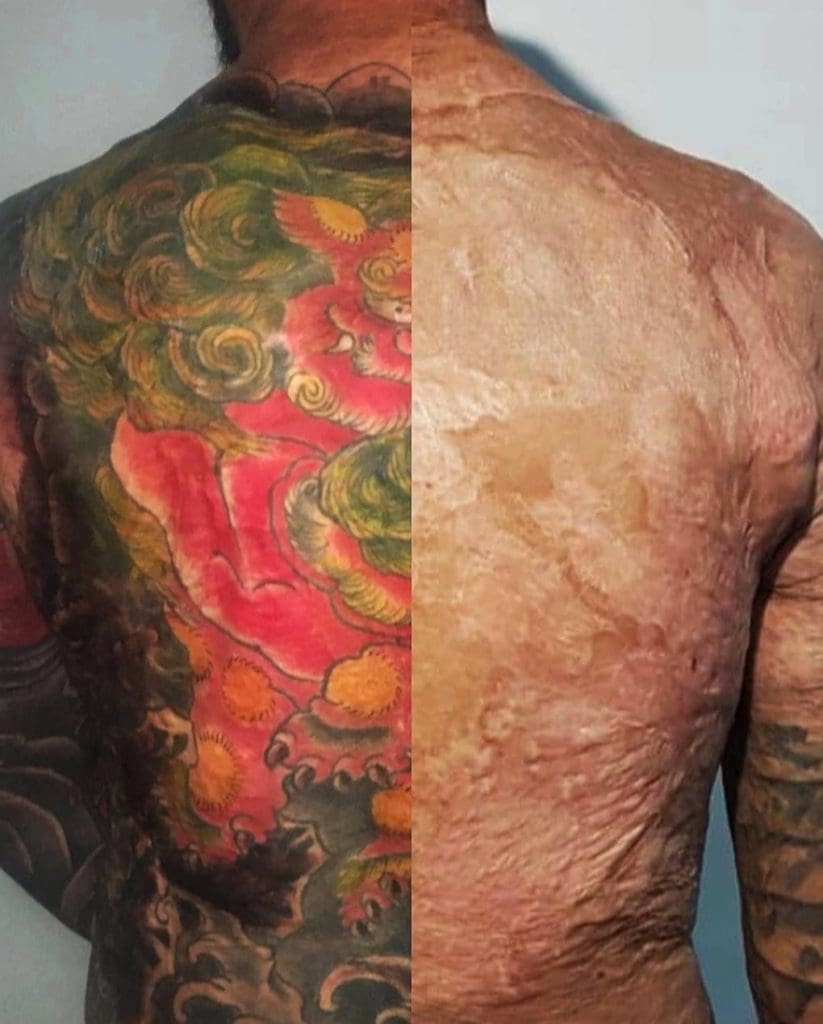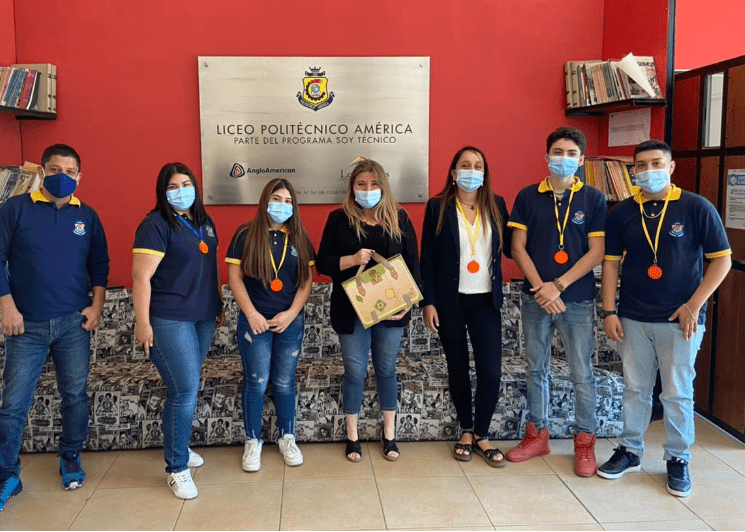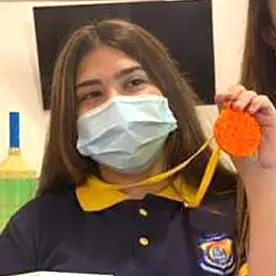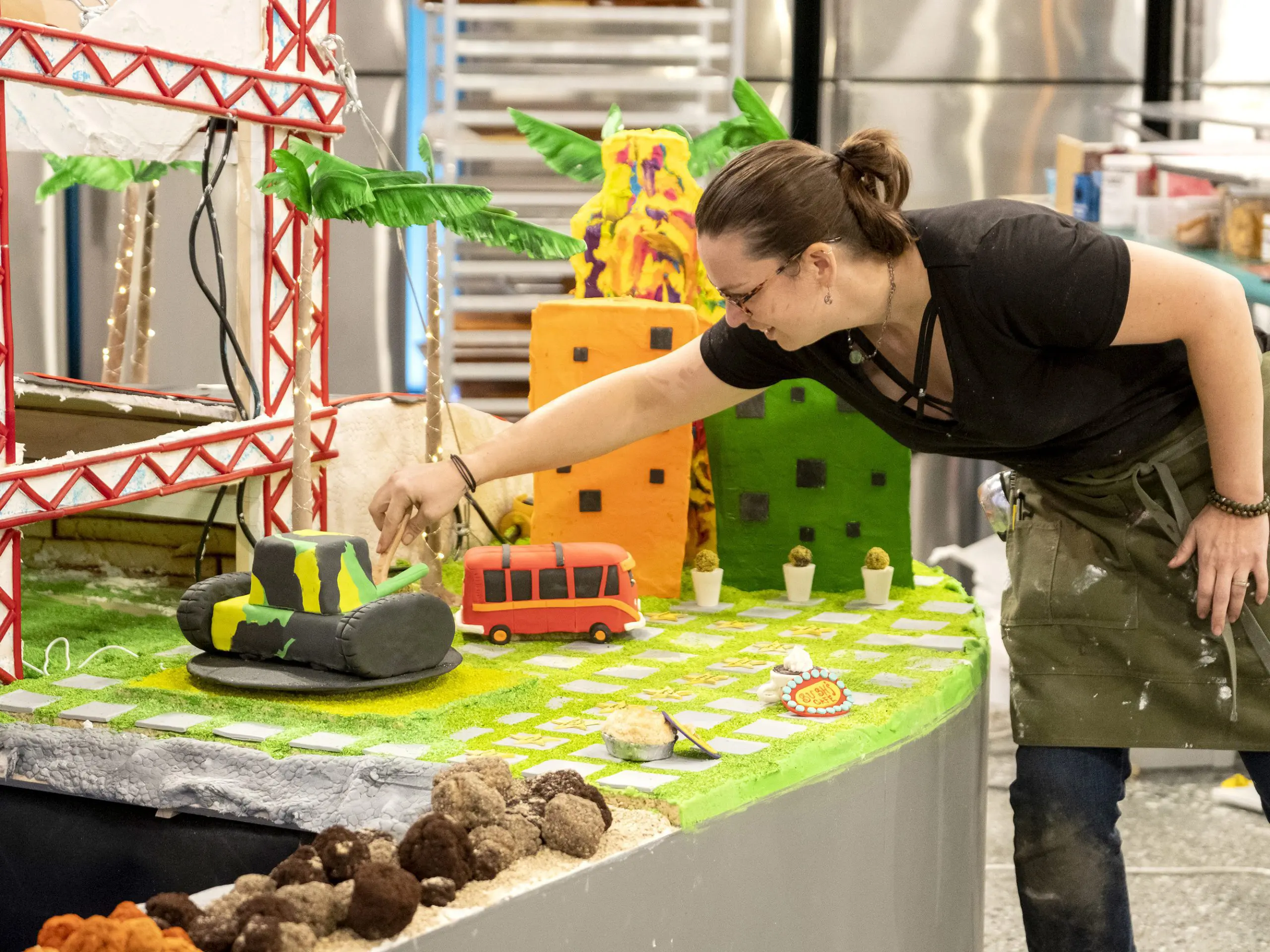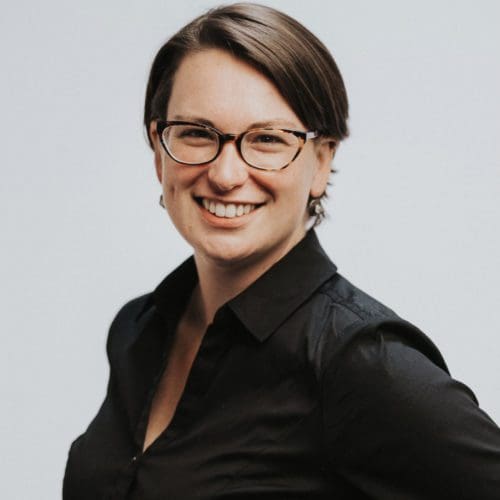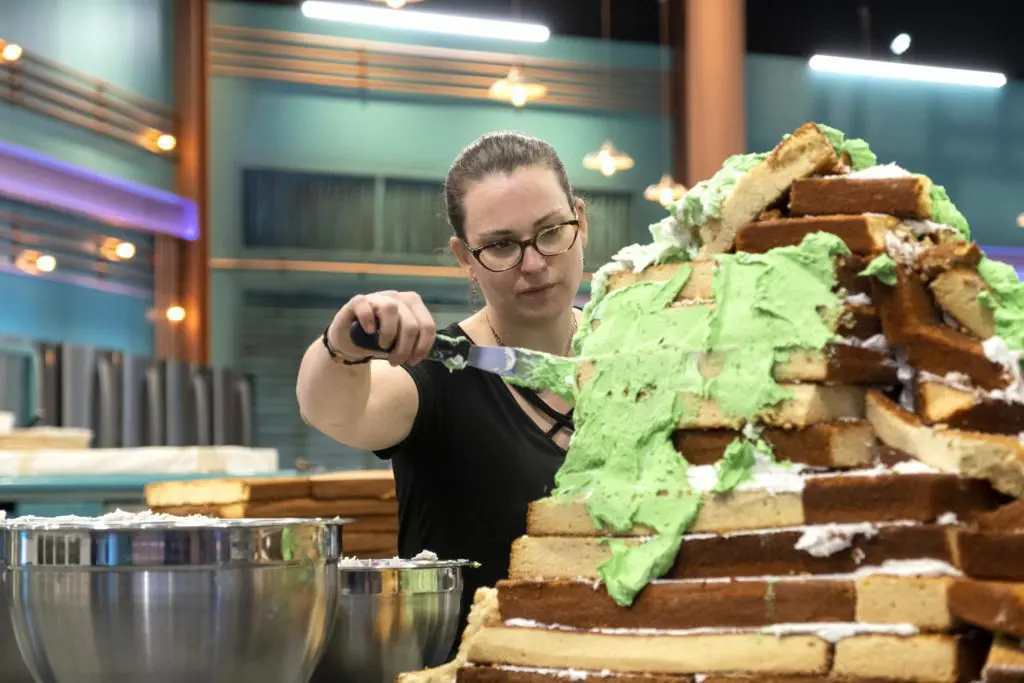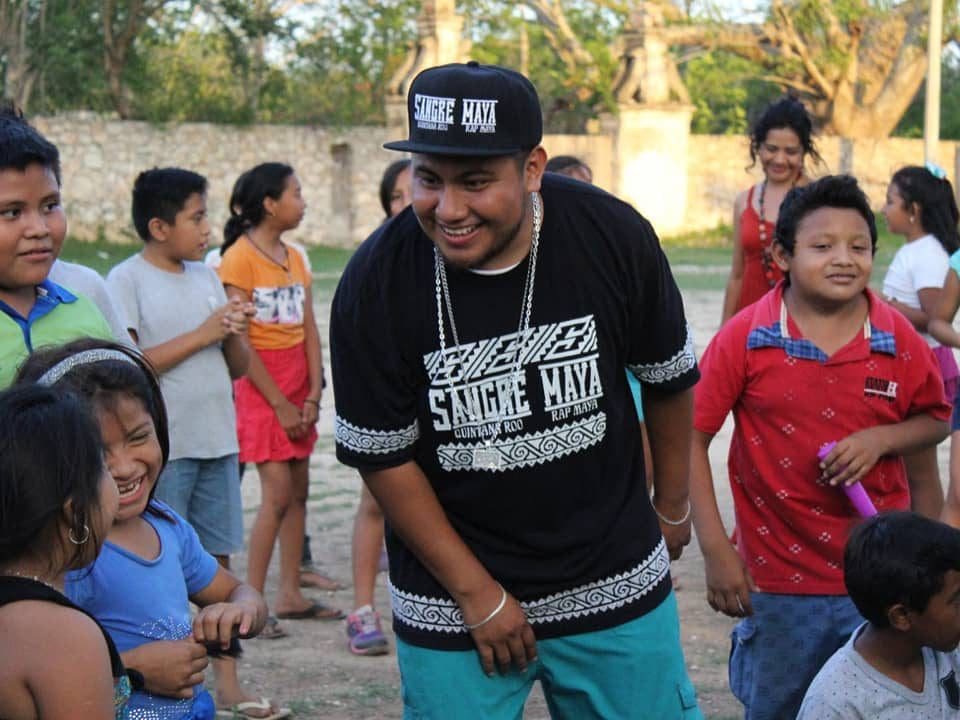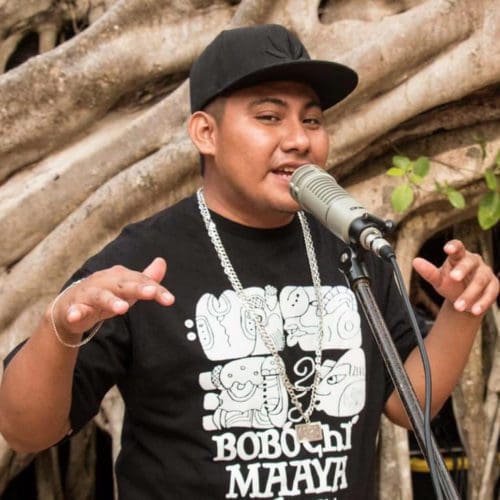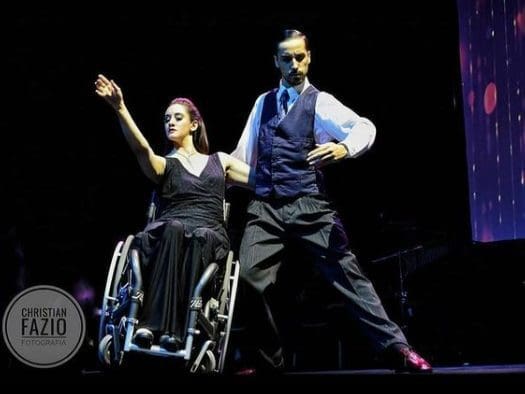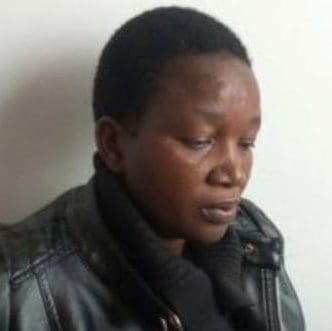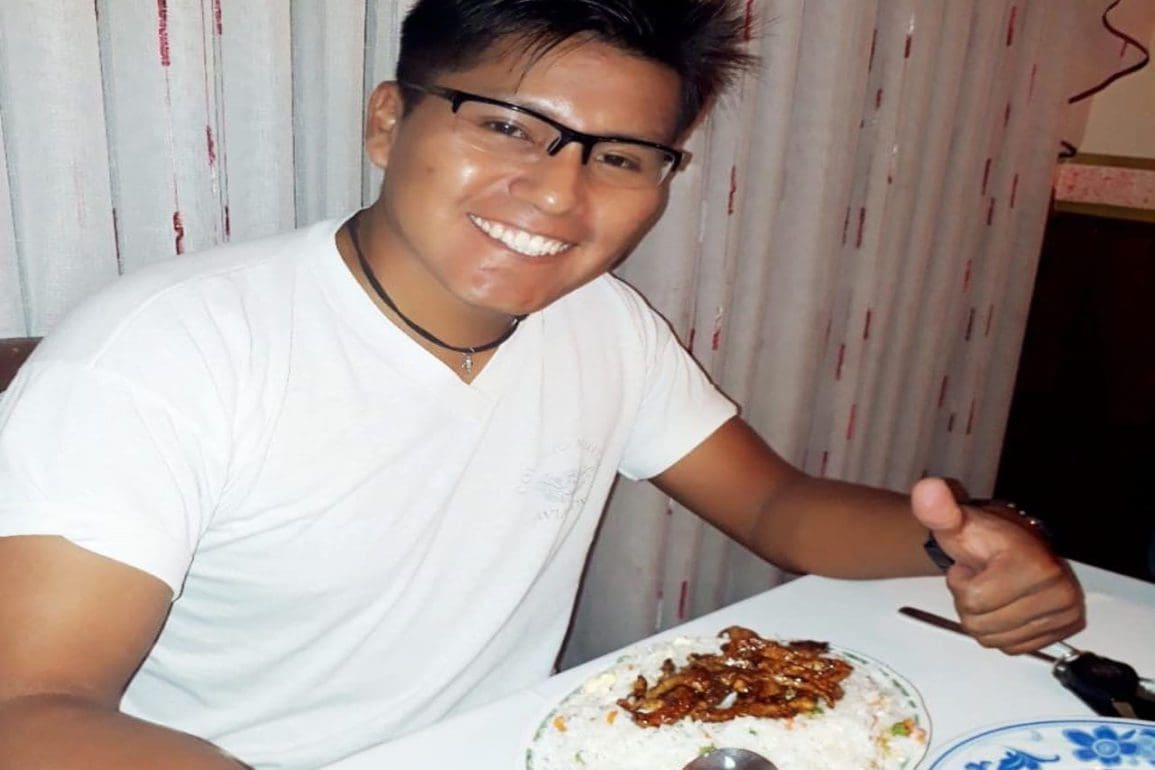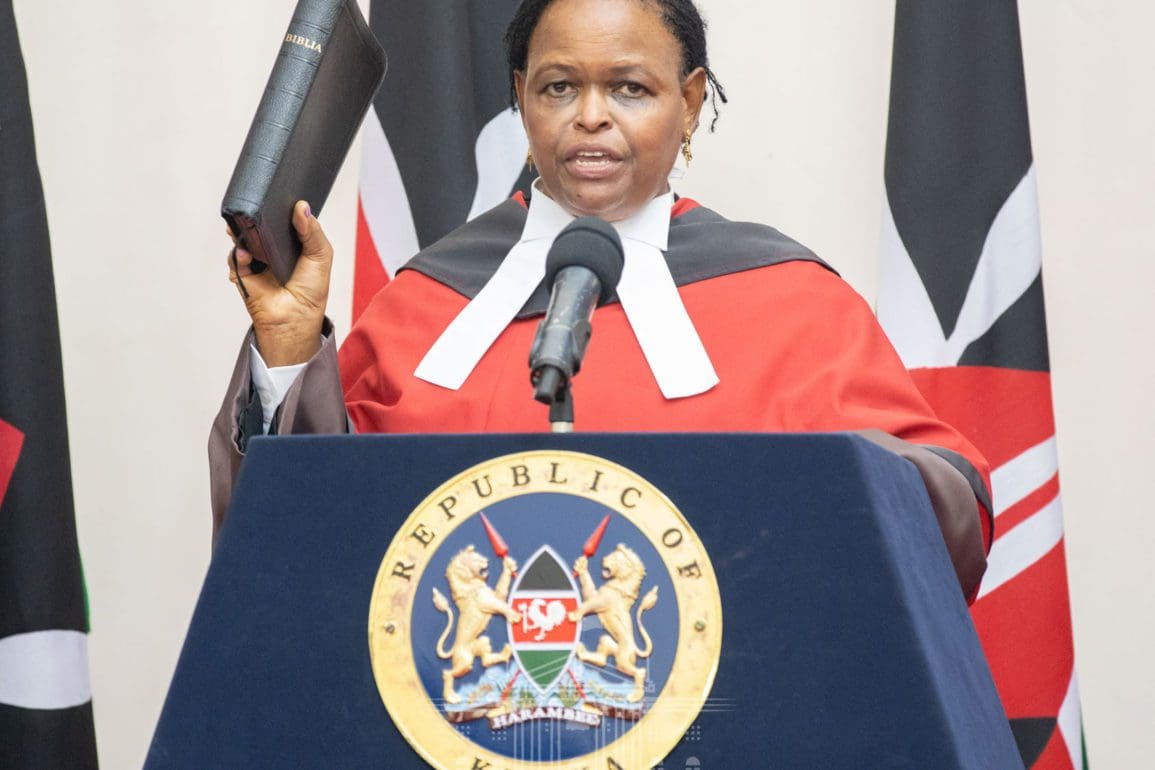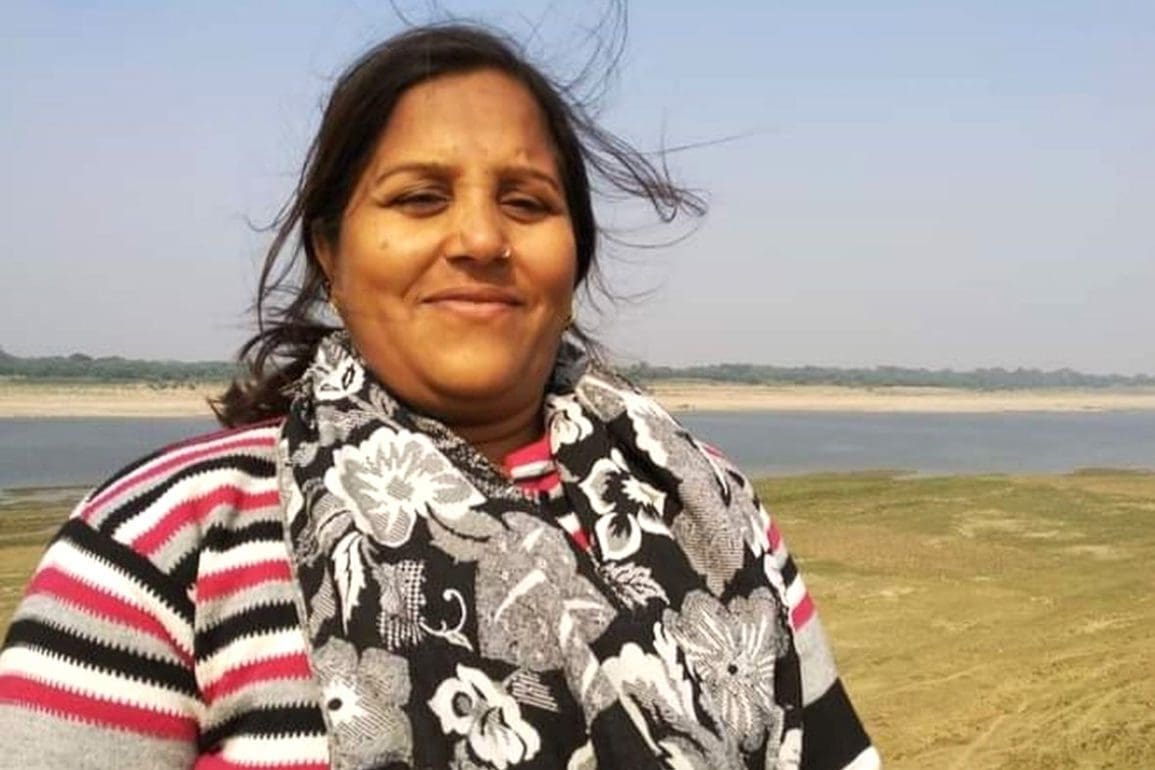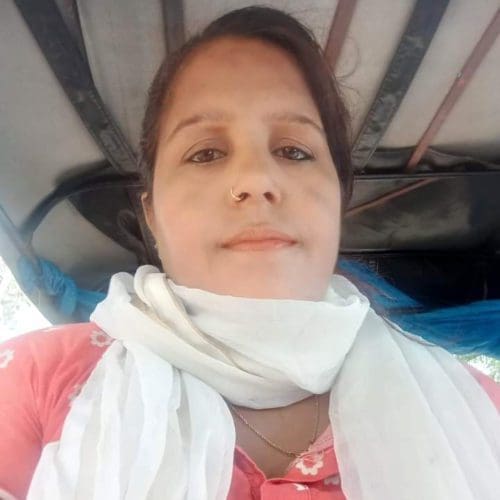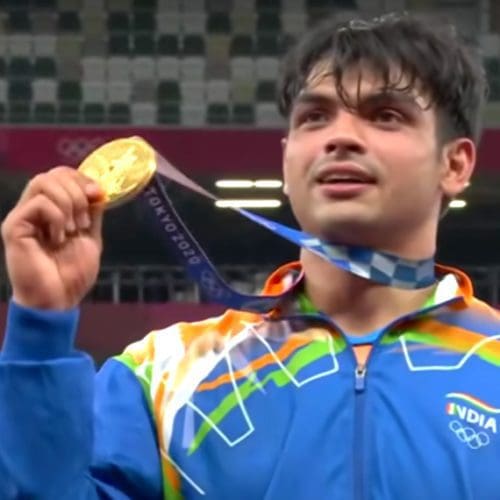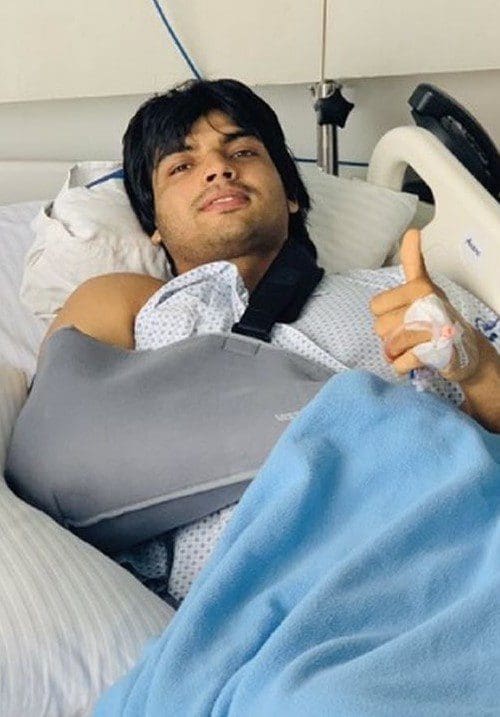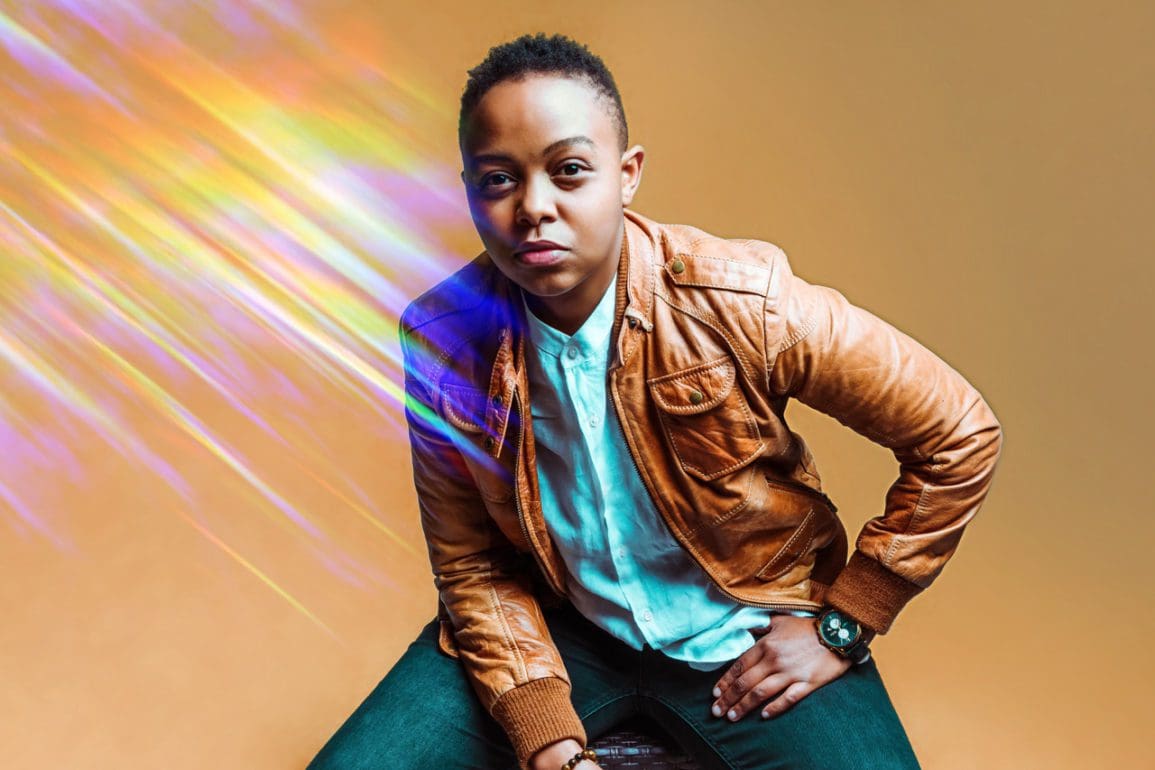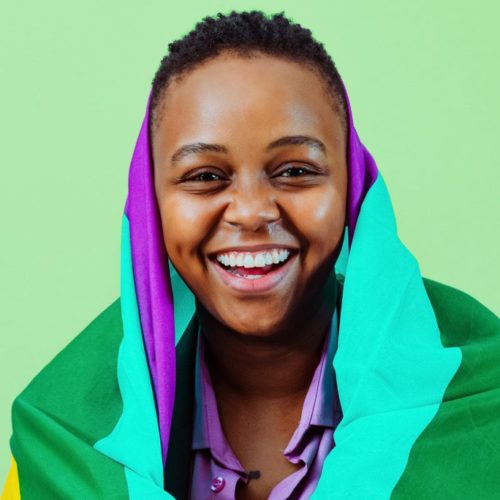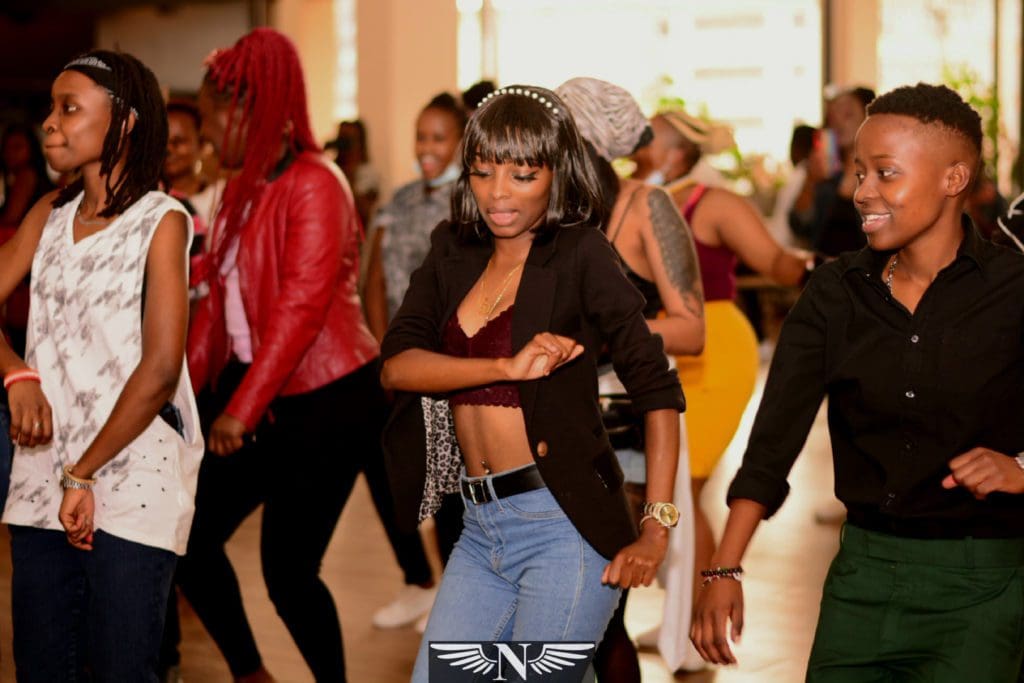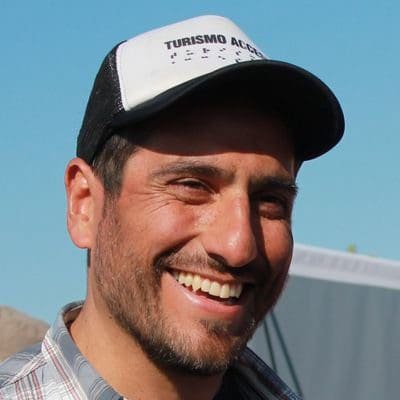
CÓRDOBA, Argentina – I’ve been dedicated to inclusive tourism for 15 years. I opened a cabin complex nestled in the mountains; they were the first in the country to be 100% accessible, but people with reduced mobility could not get there. The ridiculous irony of the situation struck me, and I knew I needed to find a solution.
Surrounded by beauty, unable to enjoy it
Alejandro López, a friend and colleague in the accessible tourism industry, told me about the hardships that his brother, who has cerebral palsy, had to endure to enjoy nature. It was impossible for him to hike in his wheelchair. The gravel caused the wheels to lock and lose stability. He missed out on enjoying thousands of landscapes and was relegated to only seeing them in photos.
This was one of the cases that most caught my attention and caused me to want to find a solution to this issue. I couldn’t get over how unfair it would be to live in a province with such a gorgeous views and not be able to experience them. That is the reality for that man, and thousands of others.
When I decided to build my cabin complex, I focused my attention on making them comfortable for everyone, no matter the disability, to move around comfortably. However, as the months went by, not as many people came as I expected.
The answer was very simple: they couldn’t physically make it to the cabins due to their condition.
Persevering through a difficult process
At the beginning, we relied on the Joëlette, a unicycle made solely in France.
With that as our reference, we worked to create something more suitable to our local needs. First, we made an amphibious chair that could cross the rivers in our area, then transformed it into something also suitable for hiking. We tested it with people who needed it, observing what worked and what needed to improve.
We focused on user safety and comfort in our design. In Argentina, we value vigorous movement and adventure. Thus, we added a roll bar that protects the user’s head.
I faced a significant problem in the restrictions of Argentina’s economy. The value of the dollar was not entirely clear as we worked, since it increased and fluctuated with the passing of the hours and days. This meant that my suppliers of the parts necessary to make the prototype did not know how much to sell them for at a local price. This resulted in many frustrating delays.
The lack of certainty in the country led me to try other alternatives. Using local parts forced me to rearrange the entire chair from scratch. At the time, my credit cards were collapsing and my finances were on edge. Stress and anxiety that I was wasting my time on an impossible project played in my mind.
But as the days went by, we got closer and closer realizing my dream regardless, and eventually the finished product was just as I had dreamed it. Eventually, we developed the Champa Bike as we know it now.
The Champa Bike is Born
The Champa Bike is like a cart with an armchair in the middle, with upholstery that can stand up to the elements, folding armrests and adjustable footrests.
It features a wheel with a reinforced rim and hydraulic suspension, which changes position according to the needs of the road. The side handlebars extend both in front and behind, to be guided and supported by two people.
We named the chair in honor of the Champaquí peak, which reaches 2,790 meters (9,153 feet) above sea level and is the highest in the province of Córdoba. It is one of the region’s most important tourist spots since from there, you can see the city completely and admire incredible vistas.
Dreams made reality for those with mobility issues
Today, we use the Champa Bike on excursions with the elderly, those who are in late stages of pregnancy and, of course, those with physical disabilities. Rescuers have even occasionally used it in their endeavors.
Many stories have moved me since we began using the Champa, but none like that of a boy with reduced mobility who summoned 15 friends to help him climb the Champaquí. They all took turns supporting the bike while the tour organizer led them up the summit, achieving the boy’s dream.
That made the hours of testing, working and insomnia as we perfected the bike all worth it.

